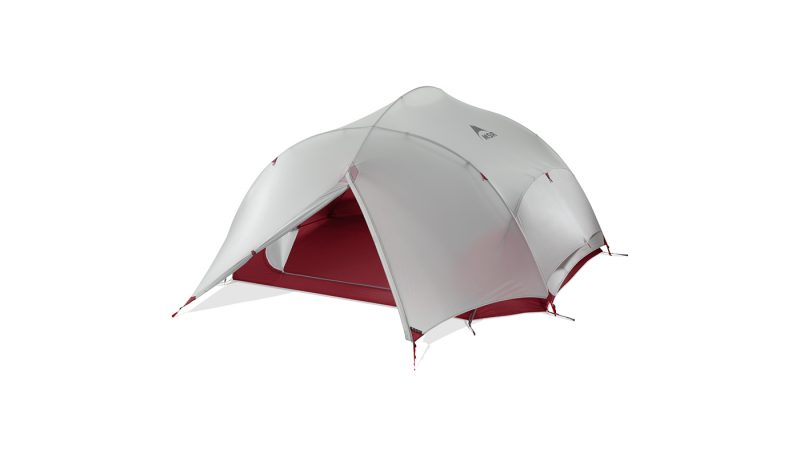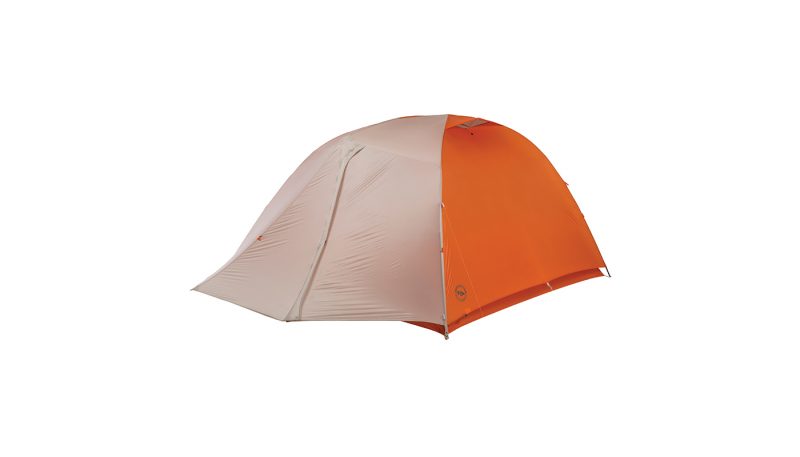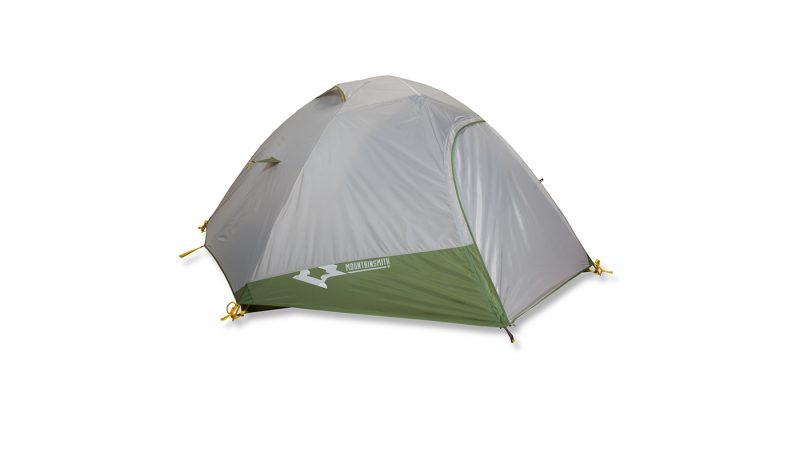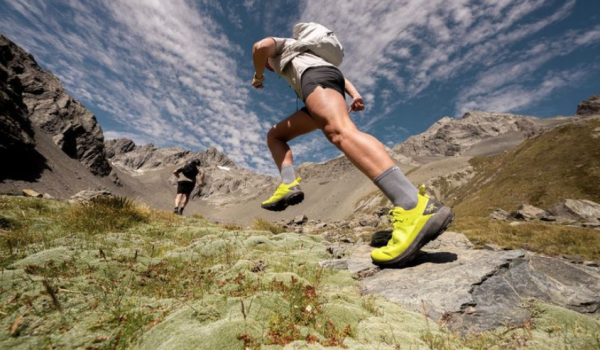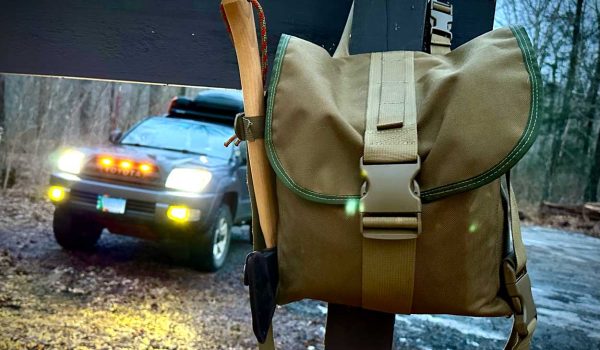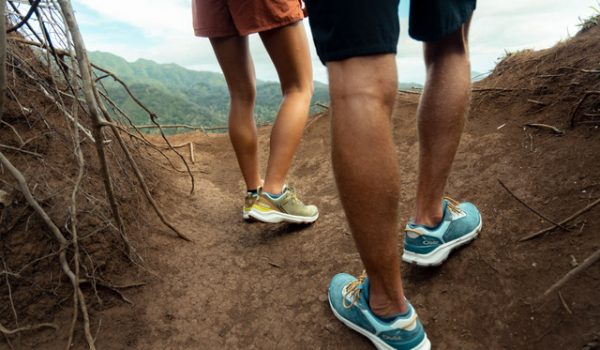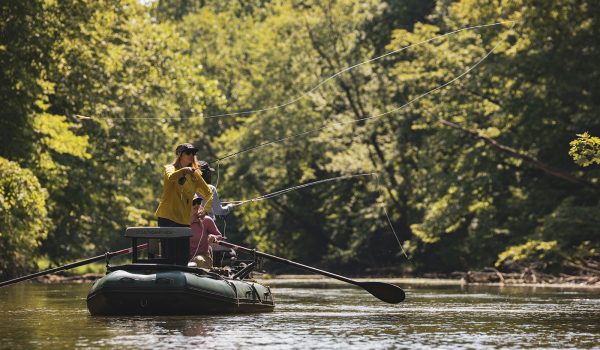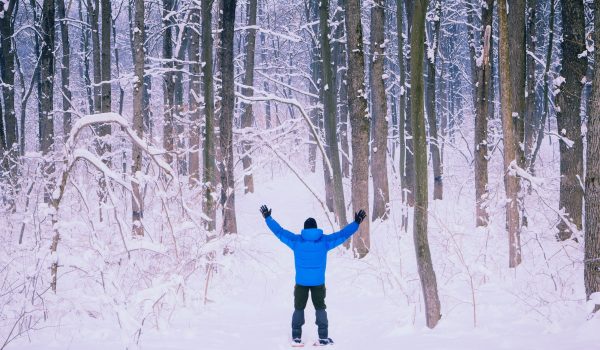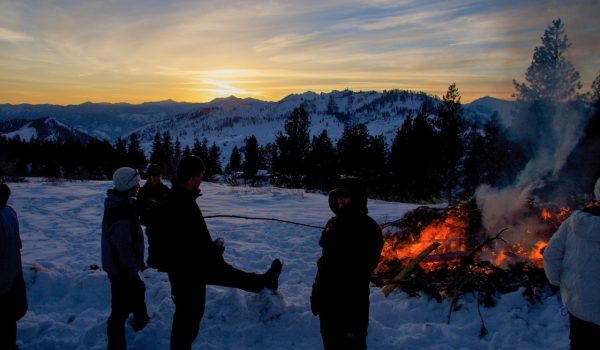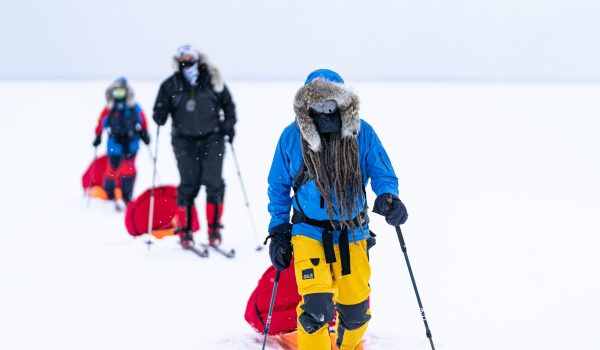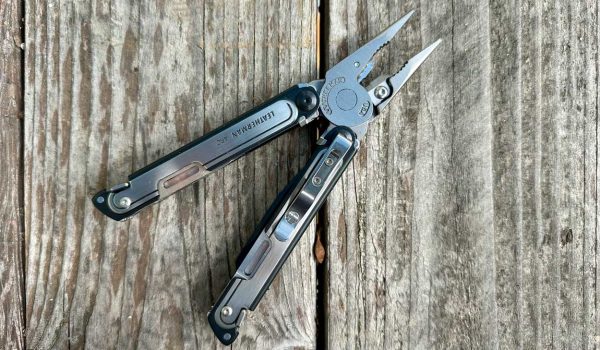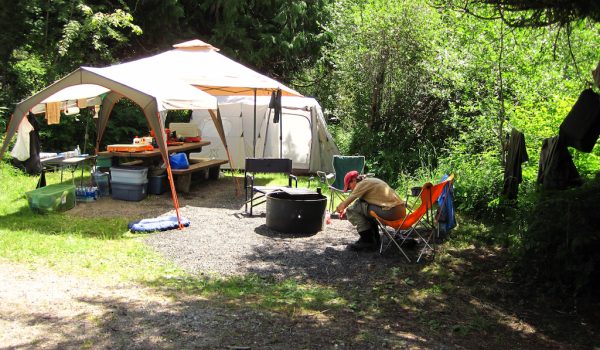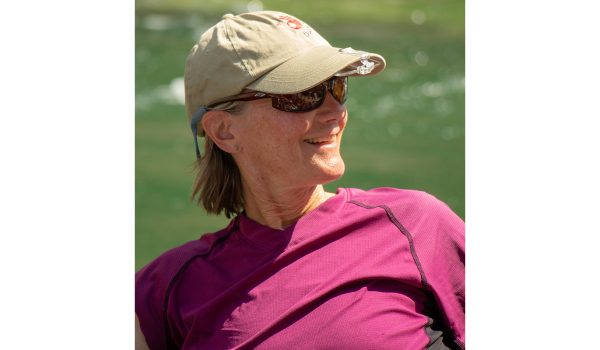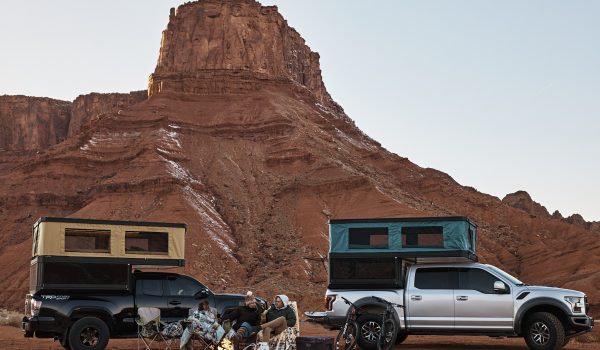Shoulder room is a primary factor in decision making regarding these 4-person tents. Long-term comfort is difficult when the interior square footage dips below 50 square feet, and even at that number, other design factors can severely affect livability. Only the Big Agnes Copper Spur HV UL4 honestly felt comfortable for four adults waiting out storms. The other tents provided shelter from the elements when necessary, but camping longer term in these models fosters more of a hardcore feeling. All these tents would be luxuriously spacious for two or three campers.
These tents are on the larger side of backpacking tents; the increased fabric area and longer or larger hubbed pole sections can be hard to handle by a single camper, especially in foul weather, during both setup and breakdown.
All of these tents could double as car camping tents for families or campers looking for more comfort during extended outings.
Shoulder Room
The Big Agnes Copper Spur HV UL4 is the clear winner here, the largest tent floor area, widest vestibules, tall ceiling and high angle walls all creating the most liveable environment of the test for four full-sized adults and their gear. The taller profile, vertical walls, and basic pole structure didn’t provide as much wind tolerance as some of the other shelters in the test, but it withstood all of the three-season conditions without damage throughout the testing period.
Packability
The MSR Papa Hubba NX 4 Person is the most packable tent in the bunch; much of this is due to it being the smallest tent, but high quality, yet thinner fabrics also contribute to compressibility. This tent also comes with the most useful stuff sack, which quickly and effectively squashed the tent, fly and components into a tight unit for storage.
Set Up
The Mountainsmith Morrison EVO4 has the most basic pole structure and design, so it naturally produced the most straightforward pitch. Two main poles that criss-cross to the corners and pass under a brow pole in a sleeve and the fly anchoring is standard and simple. Testers never needed any direction or references whatsoever after unpacking the tent for the first time. This attribute combined with the lowest price of the test make the Morrison EVO4 attractive as an entry level shelter.
Weatherproofing
The MSR Papa Hubba NX 4 proved the front-runner for this critical category. The pole structure and tight patterning of both tent body and fly, create a rigid and wind worthy structure that never faltered, even during a desert windstorm that uprooted and folded most tents in the campsite. Monsoon-like conditions in the wake of a hurricane couldn’t breach the Papa Hubba NX either.
Part of the wind tolerance of this tent resides in the low angle walls and lowest overall height of the test. MSR chose to compromise some elbow and headroom in exchange for the fortress-like qualities without faltering.
Features
Although lacking in interior gear storage space compared to other tents in the test, the Kelty TN4 was the standout for features based on its main differentiator: the stargazing fly. The ability to sleep with more of an airy feeling and view the night sky, and quickly batten the fly down without exiting a sleeping bag made this tent a highly sought after item for both adult and child. Another often used feature is the welded fly windows; no other tent allowed viewing of current weather conditions without opening a fly door.
Test Methods
We test 3-season, 4-person backpacking tents across a wide array of weather conditions, terrain, and usage, employing two to four campers. These shelters were used in widely varying environments: deserts, forests, mountains, front-country campsites and climbing areas in conditions just shy of full winter. Trips range from overnight car camping in well-appointed sites to climbing basecamps in the desolate and remote wilderness.
We judge shoulder room from the viewpoint of housing four full-sized adults as well as use with fewer campers. Both long term and short term liveability are considered, for the full four campers and less. All tested tents can house four people, but many are a tight fit and point toward more hardcore usage versus long-term camping. All tents were extremely spacious for two to three campers during longer-term excursions.
Packability is profoundly affected by overall tent size, material quality, and fabric weight. The largest tent could pack down more efficiently than a smaller tent due to materials choices. Packability is less of an issue when the shelter is split up amongst multiple campers, but there is a wide range of compressibility that can make a considerable difference to parties packing light and fast.
None of the tents tested are difficult to set up after the first pitch. Some of the tents with longer pole sections or larger hubbed structures are difficult to handle by a single camper in windy conditions, which should be a rare occurrence with this class of shelter.
All tents in this test proved water resistant during all wet weather situations, even multiple days of monsoon-like conditions during the tail end of a hurricane. The tents varied in wind tolerance, however. Although all tents performed admirably in typical wind conditions, only one proved wind worthy in gusts approaching windstorm like conditions, the MSR Papa Hubba NX. All the tents also had minimal condensation due to the relatively large amounts of mesh in the tent bodies. It’s worth noting that more mesh means colder internal environments when the temperatures start to dip in the shoulder seasons.
What is a 3-Season, 4-Person Backpacking Tent?
The primary purpose of a 3-season, 4-person backpacking tent is to shelter four campers from environmental conditions typical of three-season use—pretty much anything but snow and sub zero temperatures. Some four-person tents barely fit four adults, head to toe, while others provide enough room for all four adventurers to sit up and play cards. The trade-off for more comfort is usually weight, packability and wind tolerance.
Brands are bucking the space versus weight relationship by utilizing super light fabrics and hardware. This current test’s most spacious tent is also the lightest tent. This trend may continue, but buyer beware, large and super light tents often compromise weather resistance and features, both of which can affect comfort just as much as internal dimensions in certain situations.
Many adventurers contemplating the purchase of a 4-person tent are looking for more space and comfort for two or three people (and pets), for car camping or front country use. All shelters in this category will feel like palaces compared to one or two-person backpacking tents and will be much more liveable for longer-term outings. This test shows that there are 3-season, 4-person tents that cover a broad spectrum of cost, weight, features, weather resistance and comfort. The largest shelter was the lightest, and the Best In Class was the smallest. Prices ranged from $250 to $650. Some tents were suited better for car camping or front country use, while one tent fared well in weather that could have been considered typical of four season use.
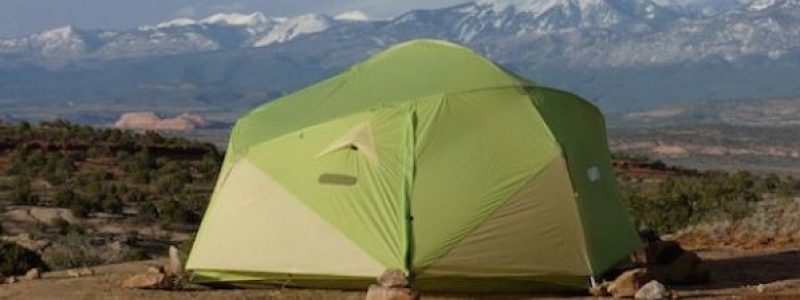









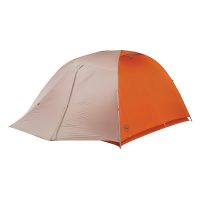
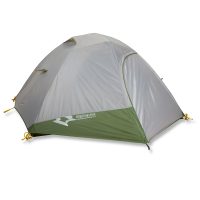
 87
87 